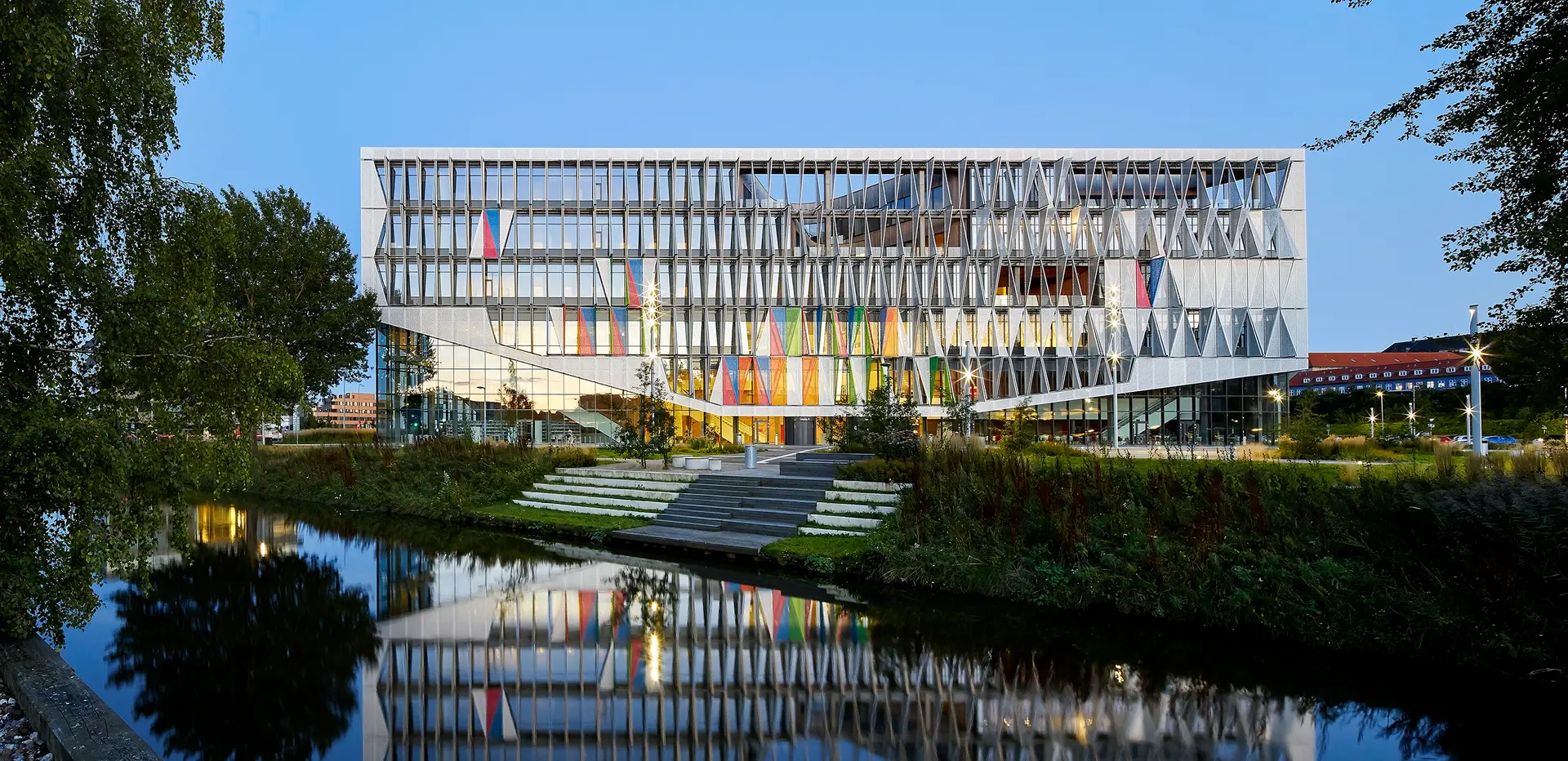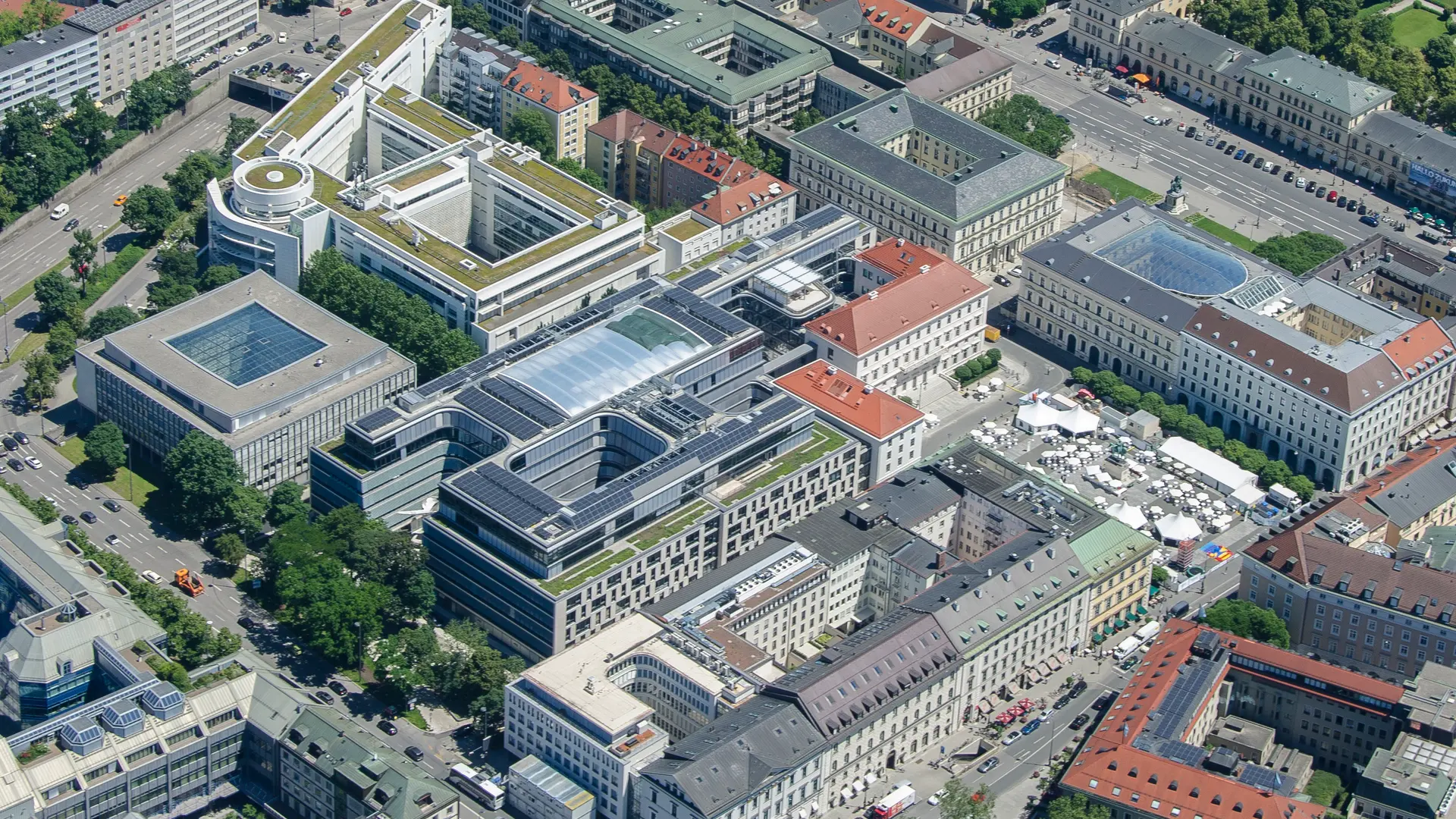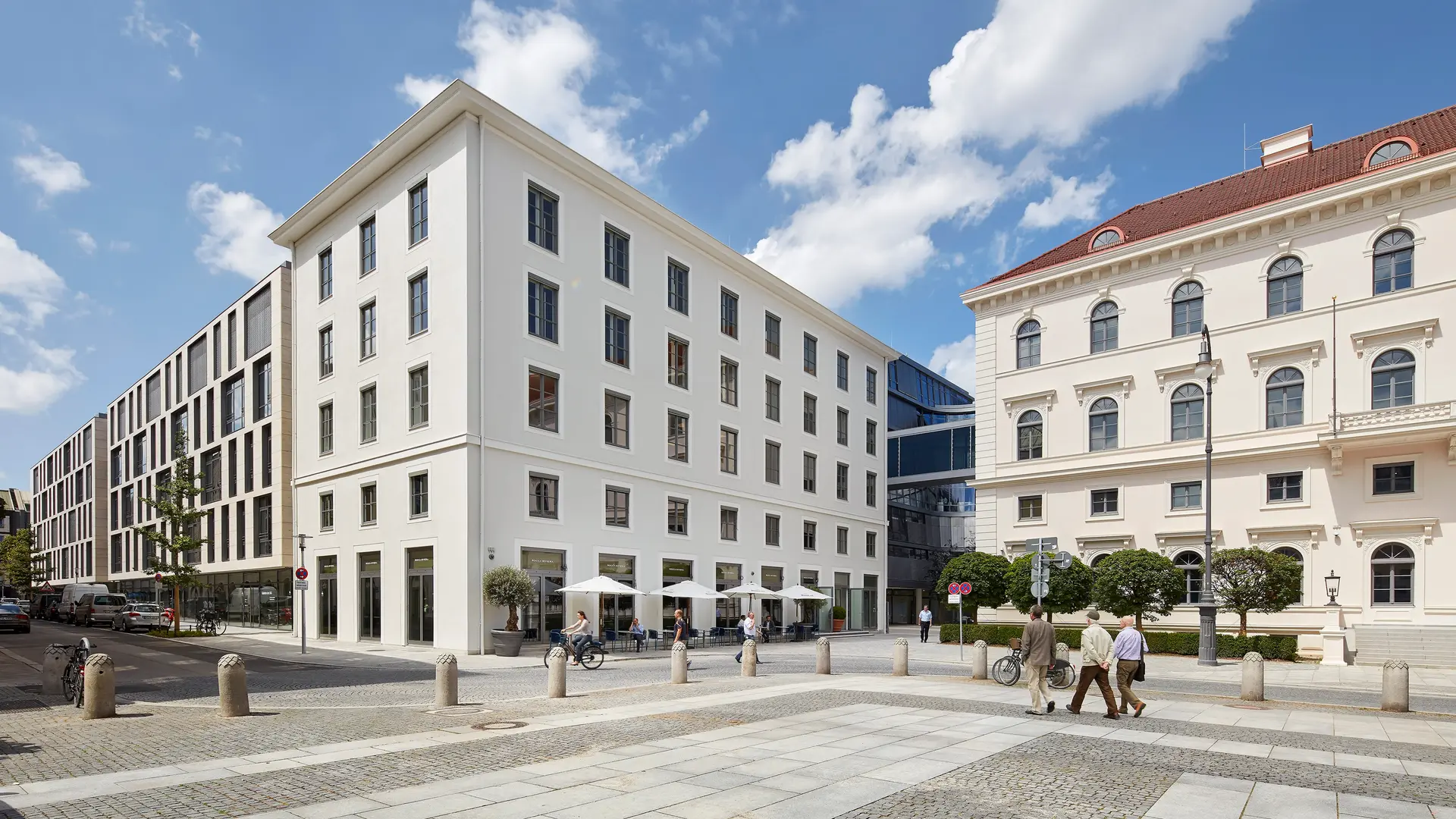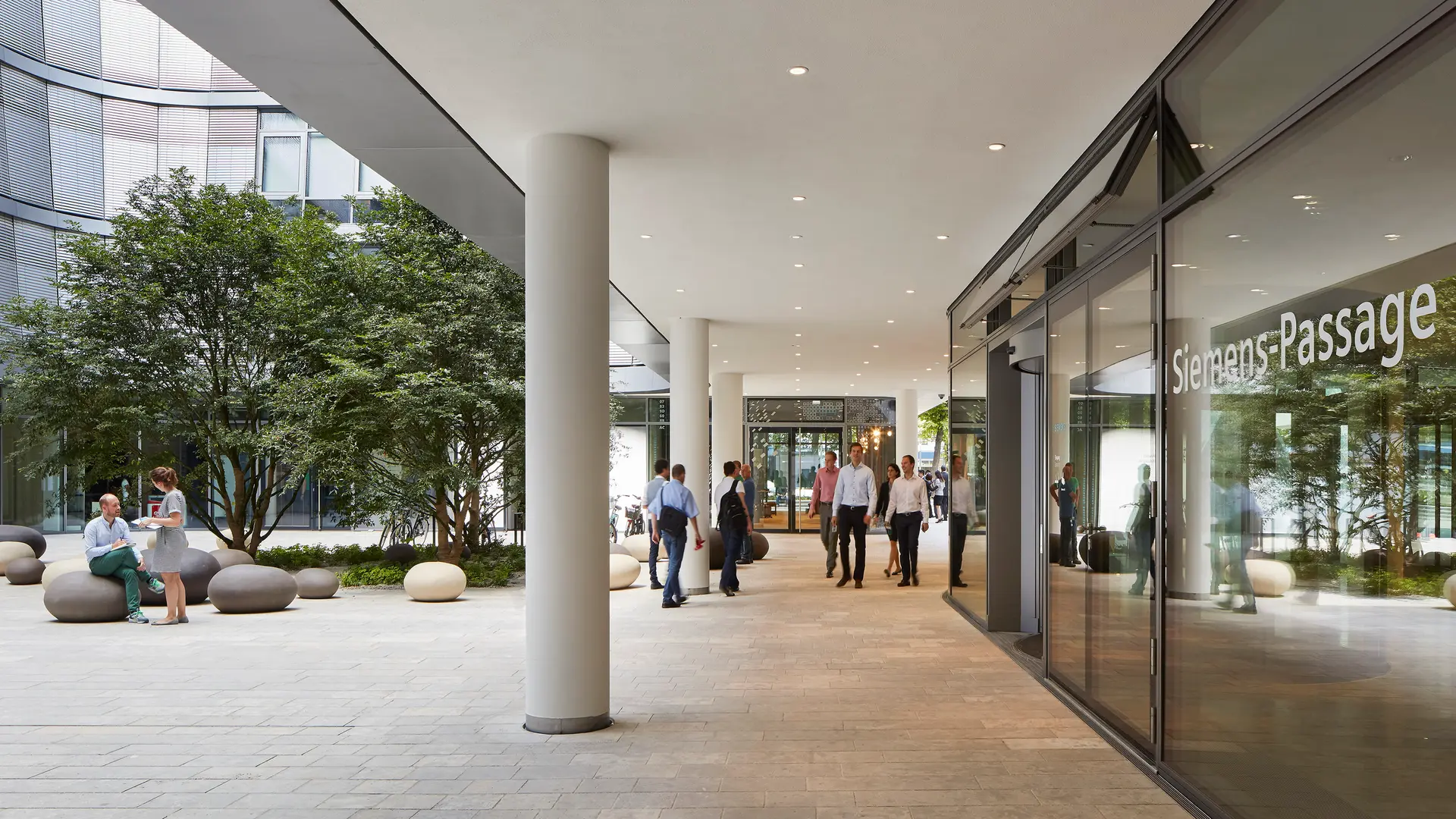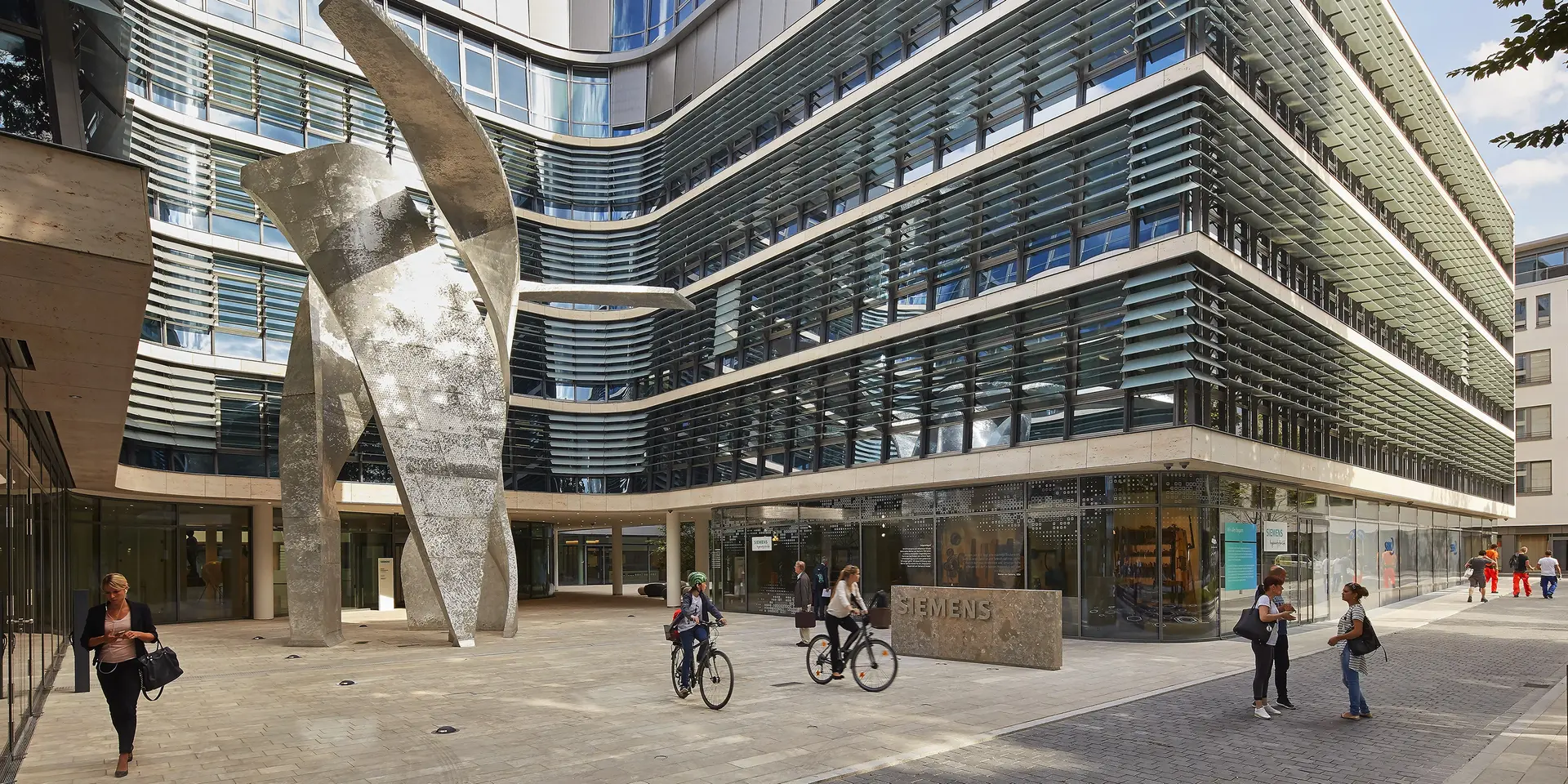
Munich, Germany
2013 - 2016
Siemens Global HQ
Located in the heart of Munich, our design for the 45,000 m² Siemens headquarters provides workspace for 1,200 employees and welcomes the public, all while keeping energy and water use to a minimum through strategic form and smart technologies.
Project details
The Siemens headquarters in Munich was designed to reflect the company’s commitment to pioneering environmentally minded technologies, while giving something back to the city that has served as its base for over half a century. Shortlisted for the 2017 ‘Best Innovative Green Building’ Award, the project involved the renovation of the historic Ludwig Ferdinand Palais which had served as Siemens previous headquarters since 1949, as well as the design of the company’s new home, and a seamless connection between the two.
Seen from the historic Wittelsbacherplatz, the new headquarters building is discreetly situated behind the renovated Palais. The two buildings connect, providing the Palais access to the modern conference and meeting facilities of the new building. On the other side of the complex, Munich’s more modern area, the new headquarters distinctive and prominent façade make the building stand out in its urban landscape.
In honor of the essential role the city of Munich has played in Siemens’ evolution over time, our team sought to create a building that would not only offer space for its employees but would welcome locals as well. The design features a ground floor that is open to the public, and a footpath cutting through it allows residents to easily move between downtown Munich and the city’s famous museum district. In this way, the building actively takes part in city life, promoting knowledge-sharing and providing access to Munich’s cultural offerings.
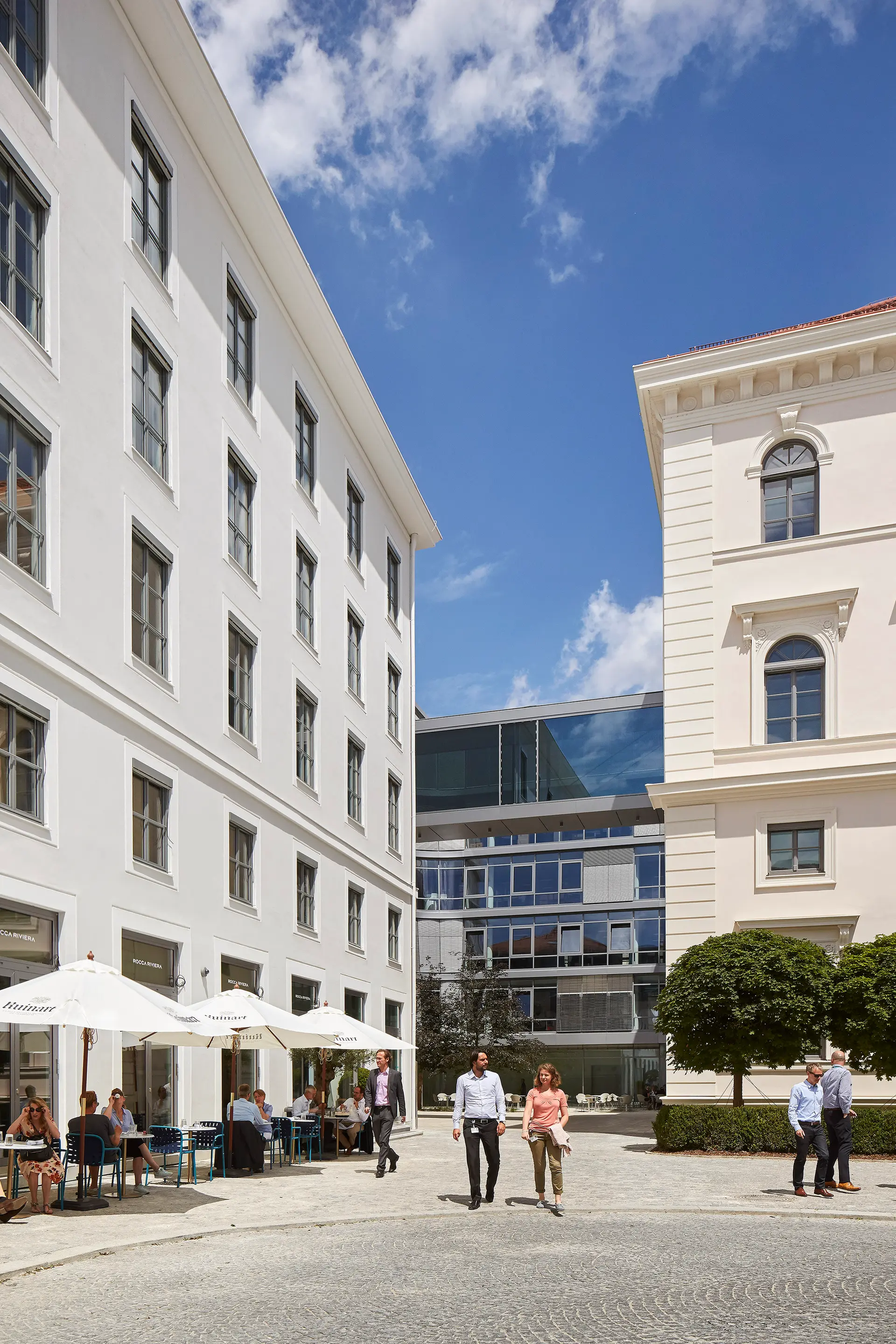
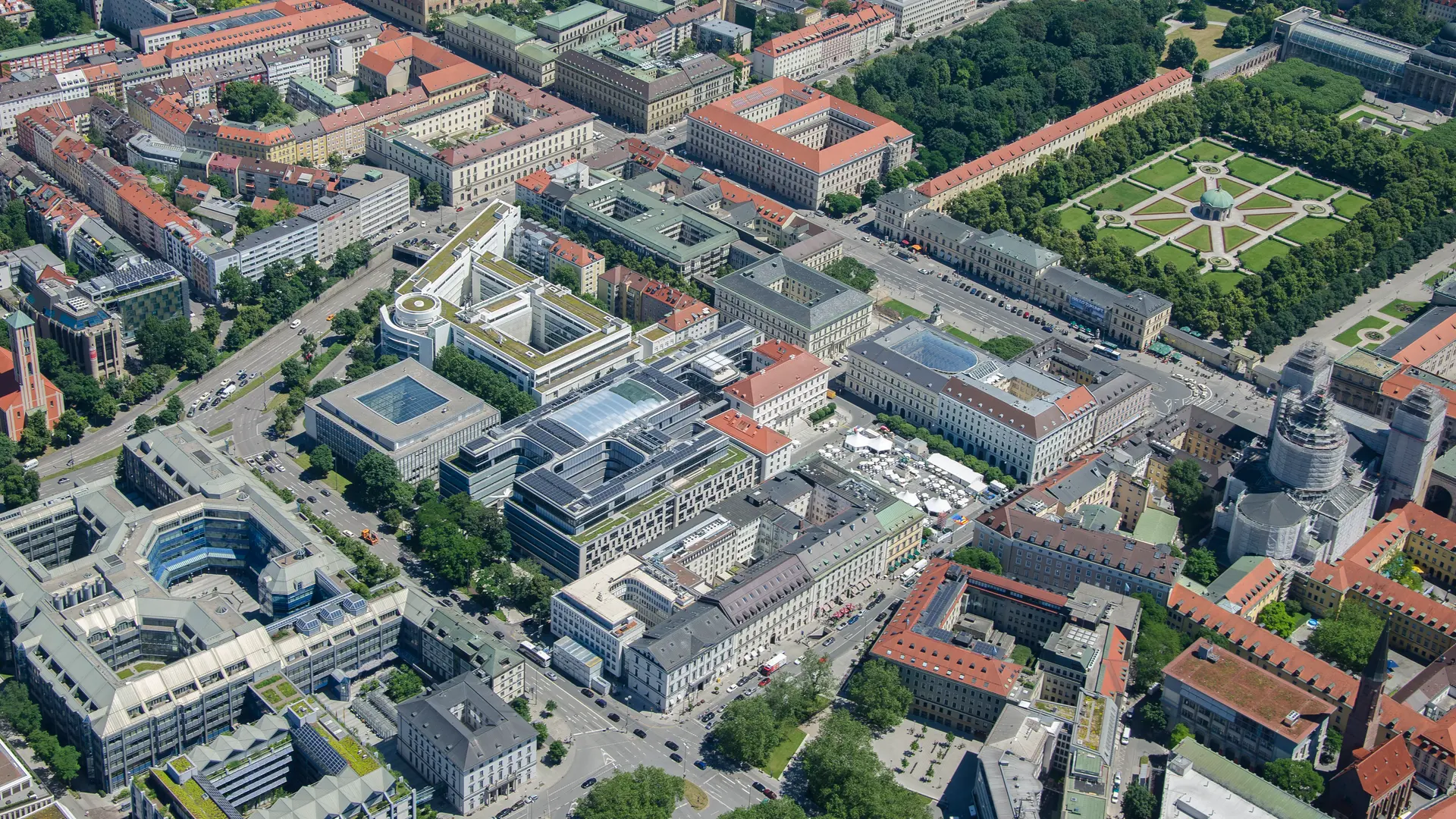
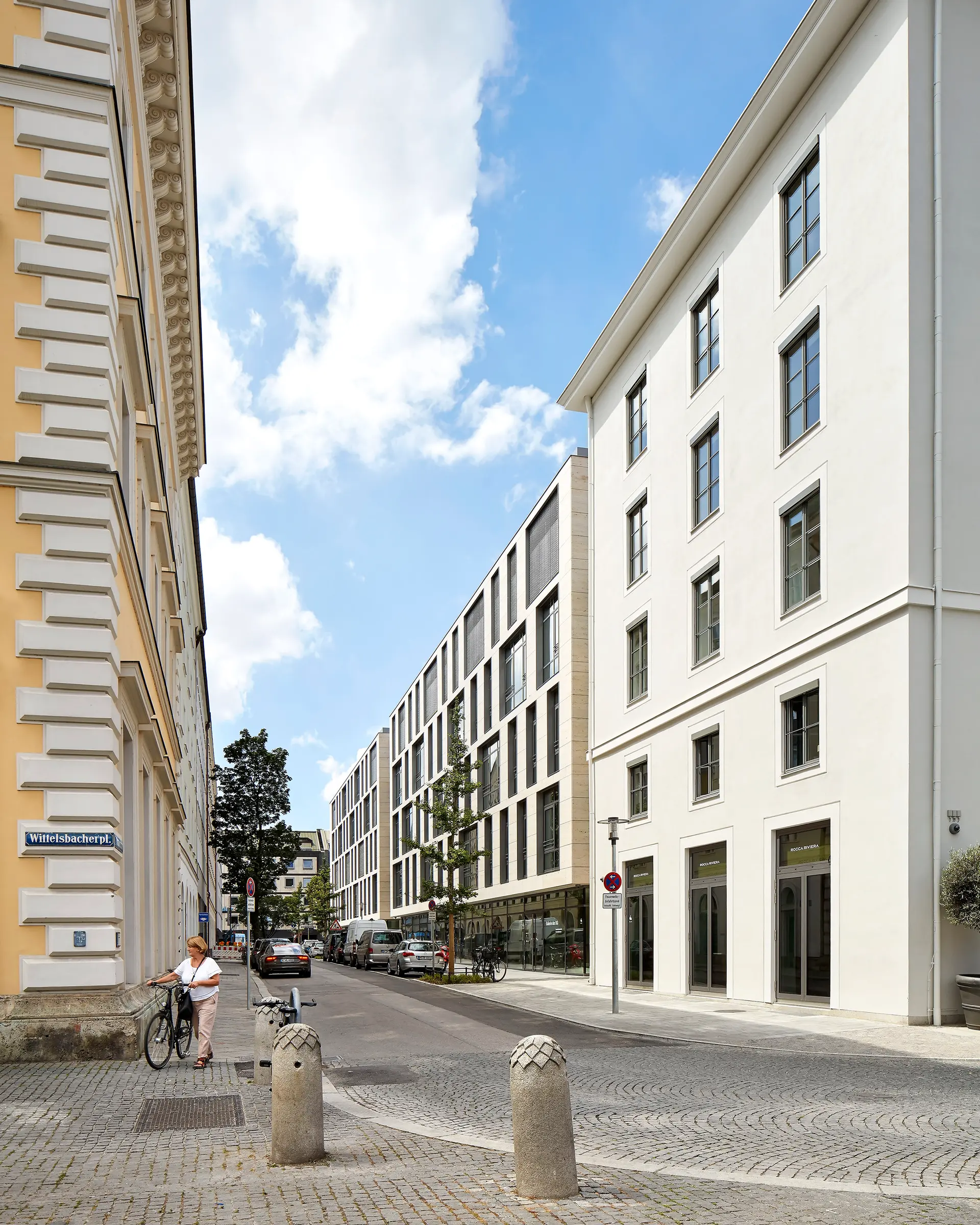

A modern environment for varying needs
The new headquarters was designed as a modern and inspiring work environment, where 1,200 employees could share knowledge and work across departments. To achieve a sense of transparency, the office consists of an open working environment where employees can collaborate in larger groups, as well as quiet zones for tasks that require greater concentration. Together, this range of workspaces contributes to an inclusive setting that meets diverse needs.
Transparency throughout ensures visual contact with colleagues across courtyard rooms and floors and creates a sense of togetherness. All workspaces are arranged along floor-to-ceiling windows, and employees can adjust the indoor climate to suit their needs through heating, ventilation, and air conditioning technologies in every area.
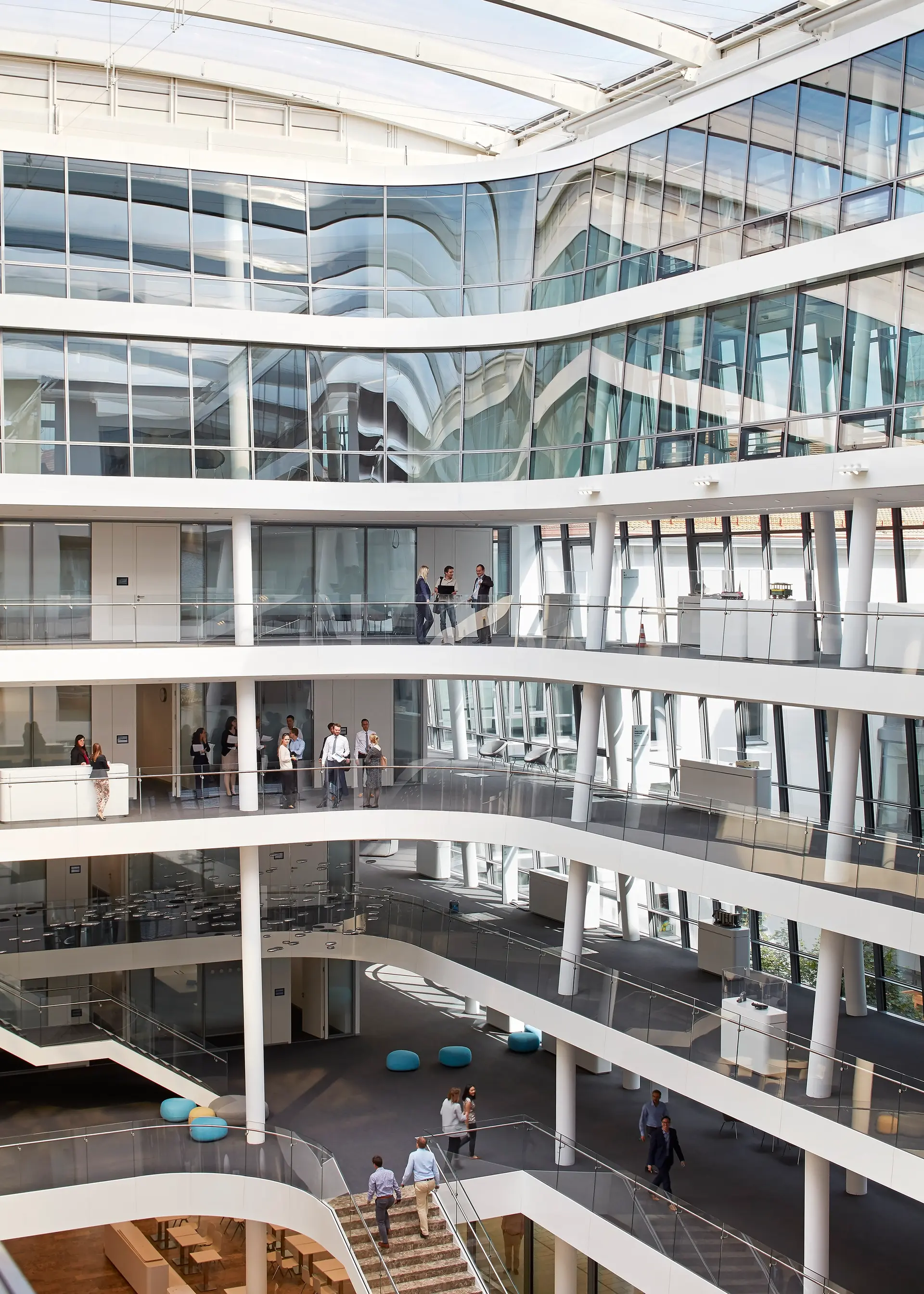
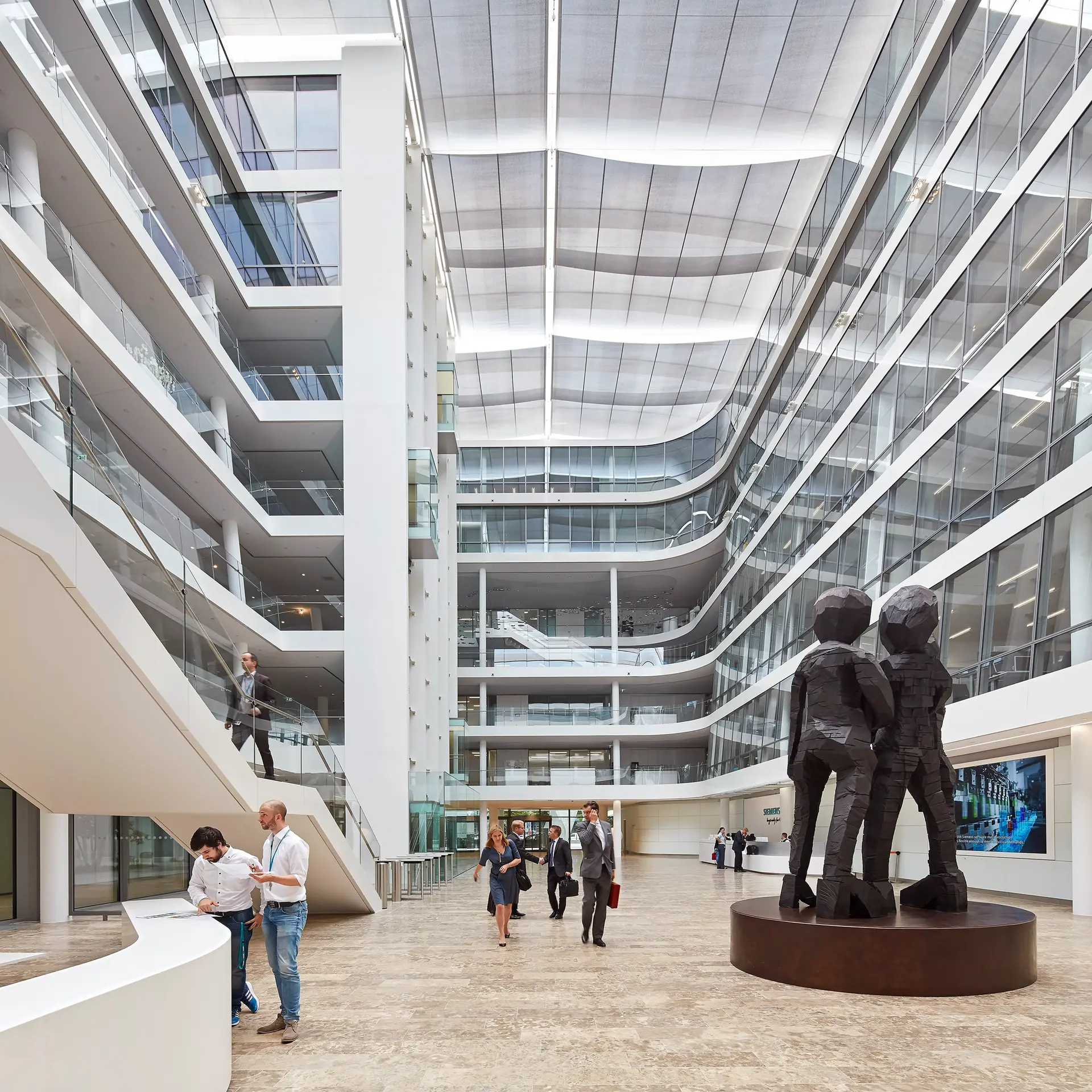
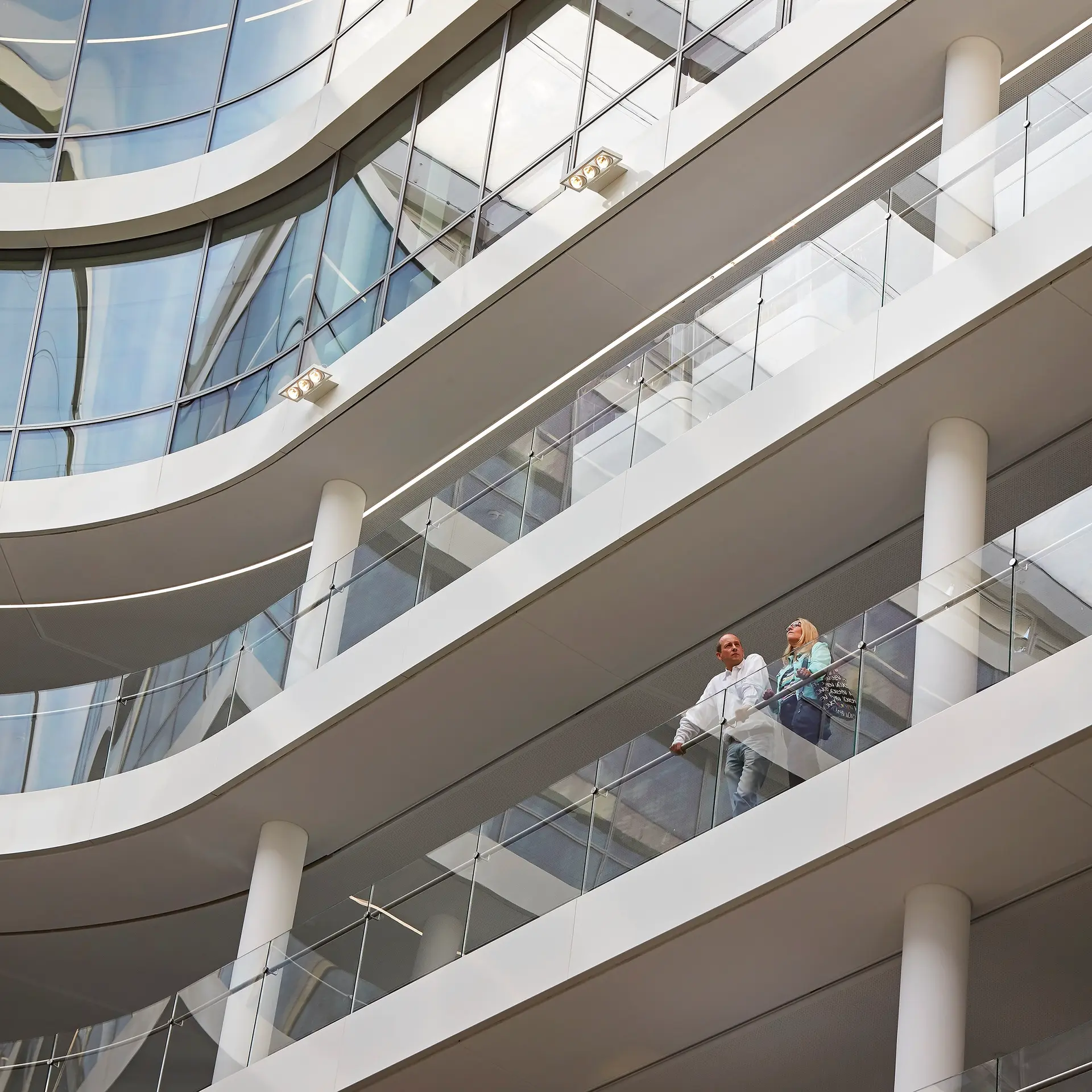
“The new building is a place of treating each other with mutual respect and of maintaining an open dialogue that is unrestricted by hierarchical structures – a place characterized by a high degree of self-determination and personal responsibility.”
Joe Kaeser
Retired president and CEO of Siemens AG
Rethinking conventional resource consumption
Encompassing 45,000 m², the building has received DGNB Platinum and LEED Platinum certifications, both of which acknowledge the design’s commitment to rethink conventional resource consumption. Created to integrate Siemens’ own pioneering smart technologies, the new headquarters consumes 90% less electricity and uses 75% less water than its predecessor.
Exposure to natural daylight and green spaces, both of which improve productivity and well-being, are abundant throughout the building. A tilted inner façade increases the amount of natural light that penetrates the building’s interior, and reduces the need for artificial lighting, while four rectangular courtyards have been cut out from the structure’s single volume, offering employees easy access to the outdoors.
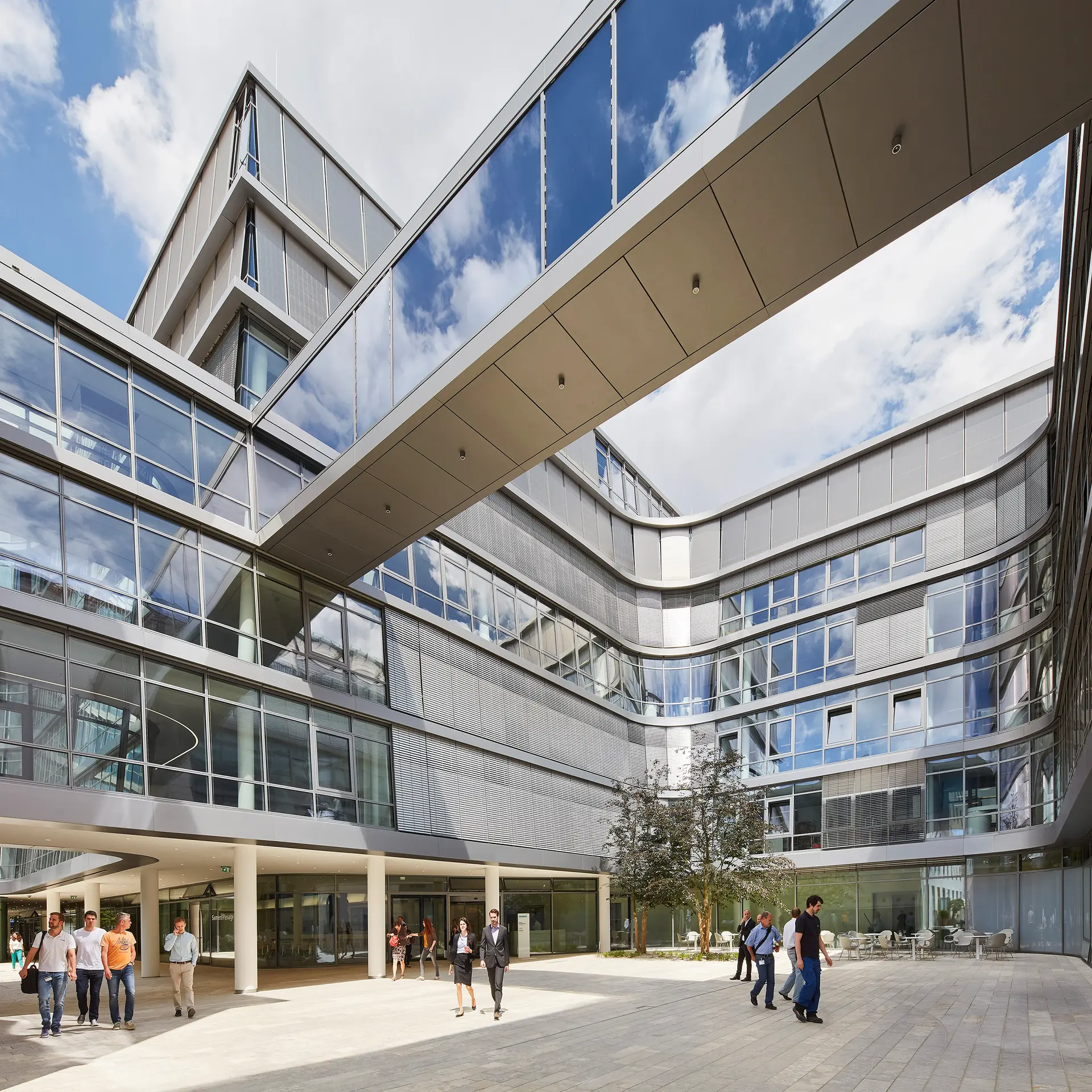
01/03
Contact
All contacts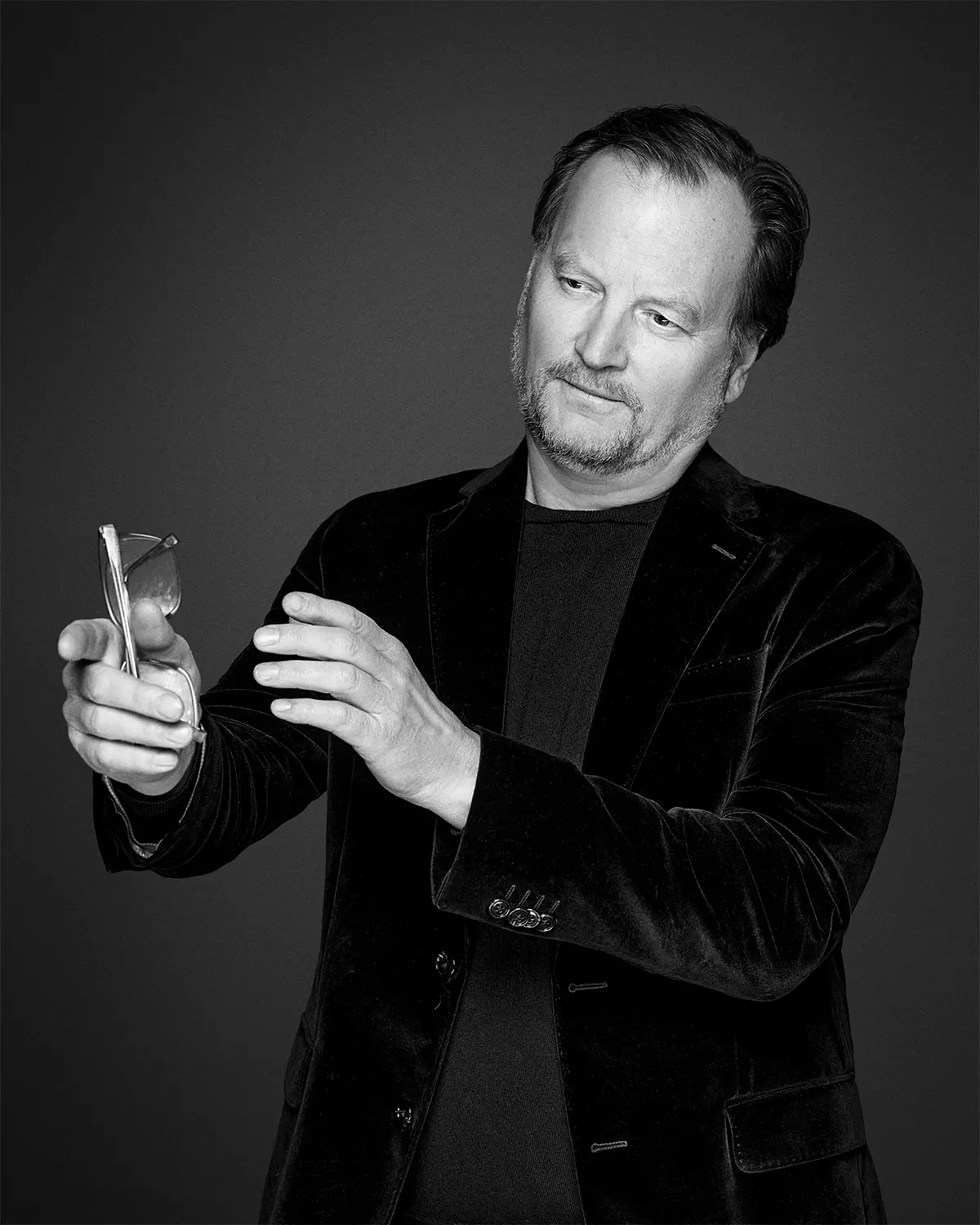
Louis Becker
Global Design Principal
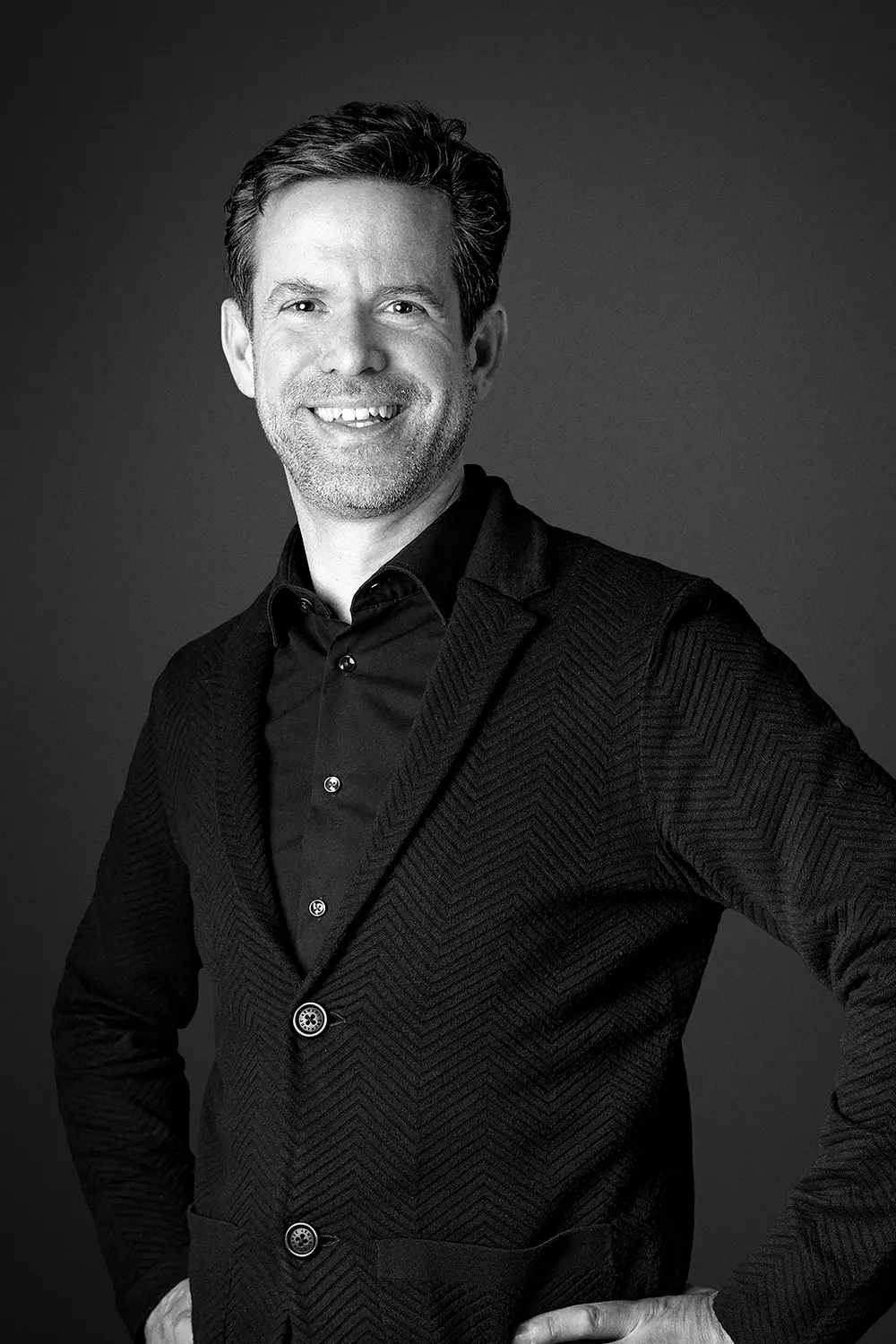
Werner Frosch
Director, Germany
Next project
University of Southern Denmark - Campus Kolding
Explore project